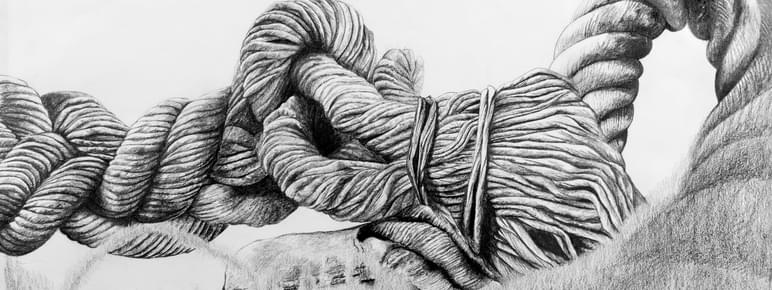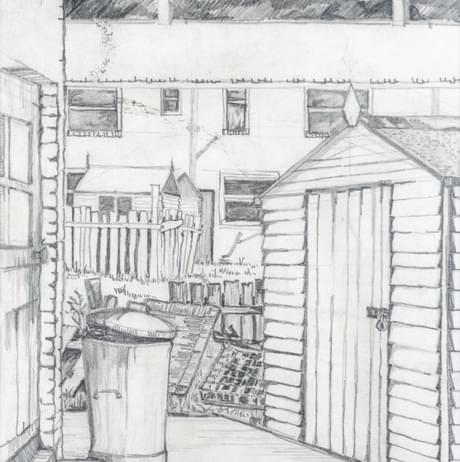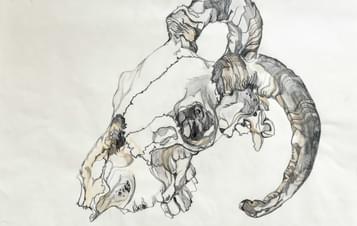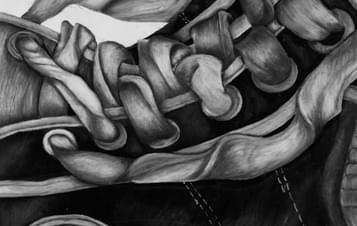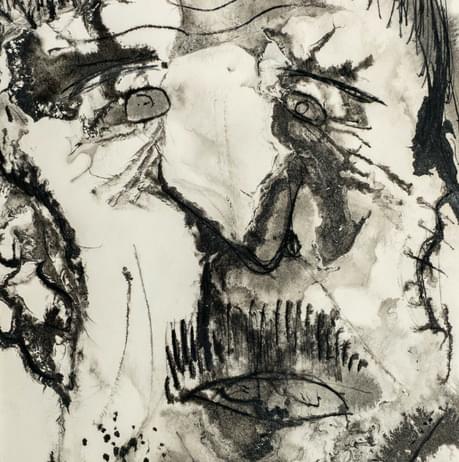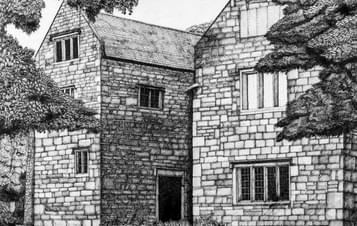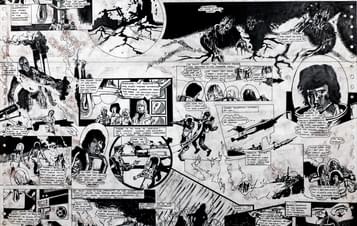About Learning Through Drawing
The Learning Through Drawing exhibition is on display in a working lunchroom, which is used by school groups during the week.
In 1978, Yorkshire schoolchildren saw their work exhibited in art galleries across the country, from Cartwright Hall in Bradford to Towner Eastbourne. Art Advisers in the north and north-east of England gathered drawings by children between the ages of 3 and 18 for this nationwide exhibition.
They wanted to demonstrate the importance of drawing as a tool used by children to investigate the world around them. The exhibition influenced attitudes to art education before the National Curriculum was introduced. The Chairman of the exhibition was Keith Gentle, who also served as Art Advisor for Sir Alec Clegg. Clegg was Chief Education Officer for the West Riding of Yorkshire. He believed that good schools and good teachers were the solution to social inequality. In 1949 Clegg set up Bretton Hall, a training college for arts teachers. YSP began in 1977 as an exhibition in its grounds.
Since then, this work has been preserved in the National Arts Education Archive (NAEA), helping researchers to understand how children use drawing to investigate the world around them.
You can see the Learning Through Drawing Collection, and learn more about Sir Alec Clegg, at the NAEA. Access to the NAEA is available by appointment on Tuesdays each week. Email sophie.yaniw@ysp.org.uk or phone 01924 830690.
Thank you to pupils from Thornhill Primary School in Rotherham and Pate’s Grammar School in Cheltenham who helped to select artwork and write enquiry questions for the exhibition.
You may also like
- Profile
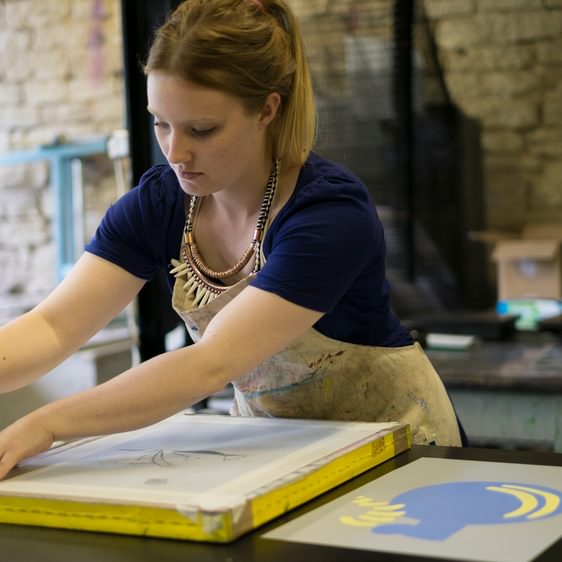
Harriet Fletcher
Artist Educator - News
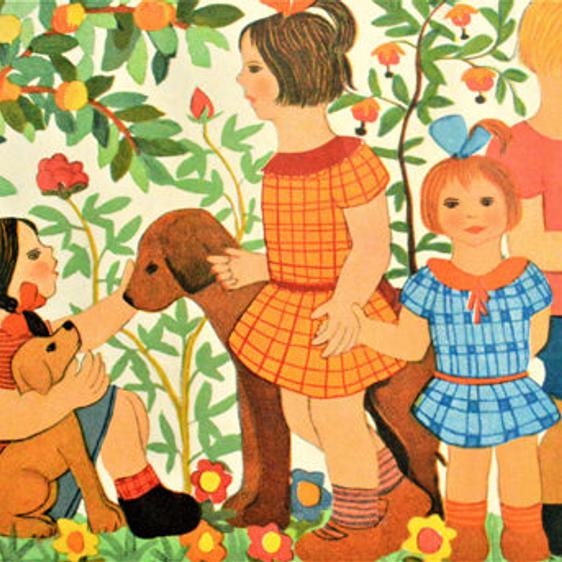
National Arts Education Archive’s children’s wartime art collection gains UNESCO recognition
25 April 2025 - News
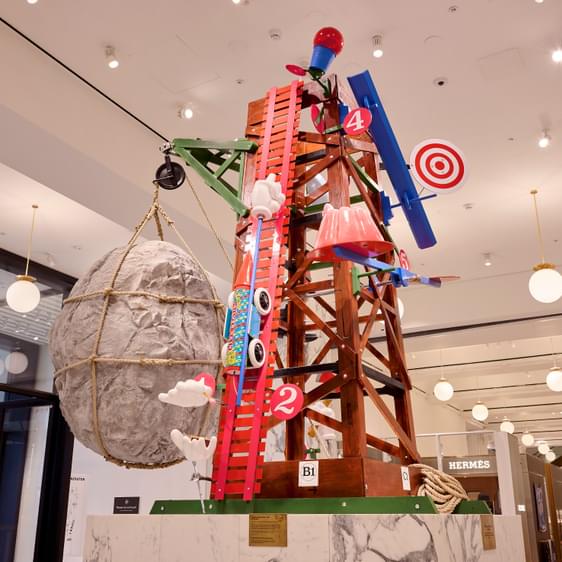
YSP's latest Selfridges collaboration with artist Mel Brimfield
4 April 2024 - Event
Collagraph Printing Workshop with artist Andrew Waddington
Join Cornish based artist Andrew Waddington for a collagraph printing workshop at YSP's Hayloft Studio, inspired by his Betwixt and Between – The Poetry of Landscape exhibition at YSP Centre.
